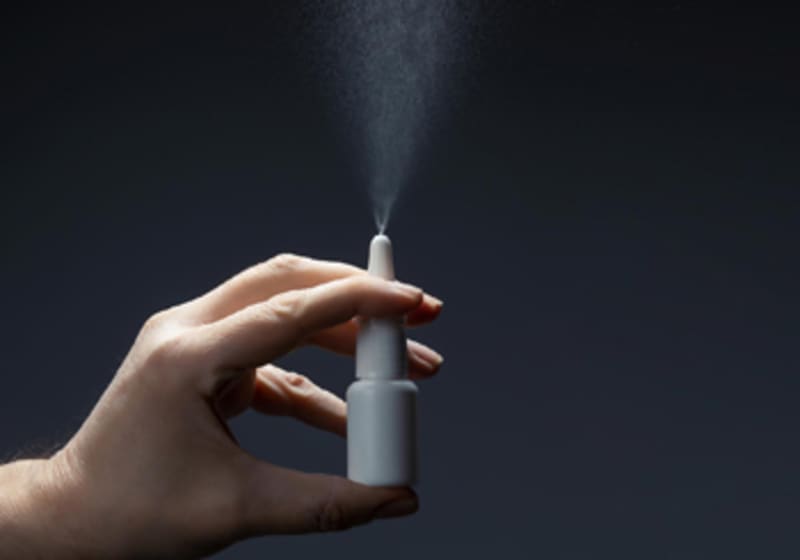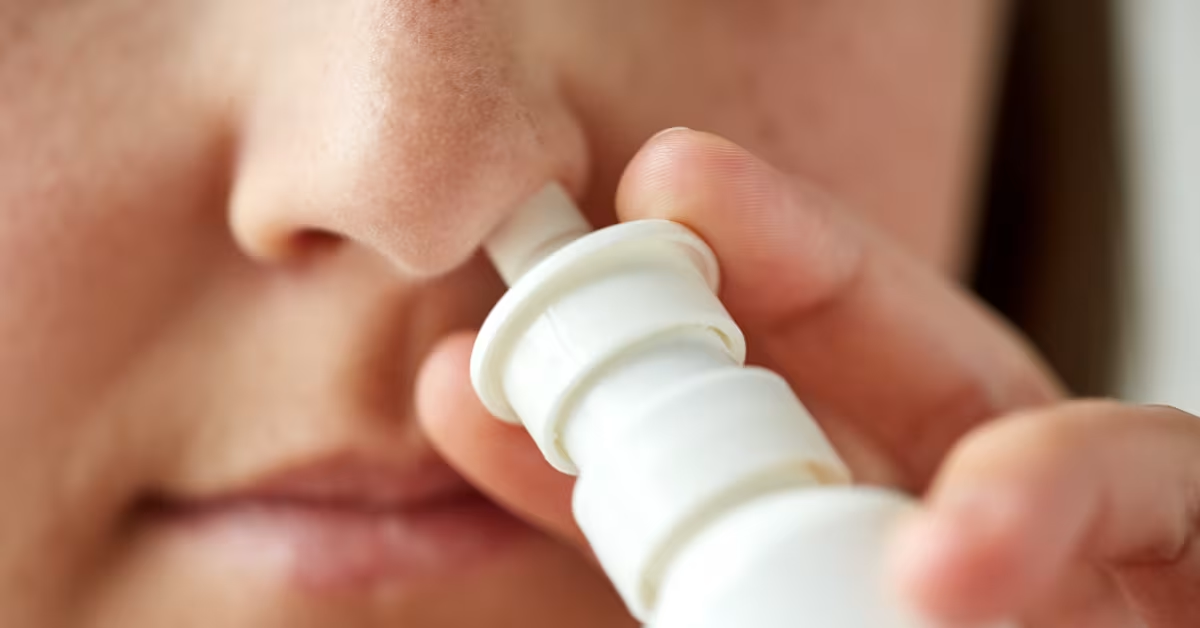
Nasal sprays have become an essential part of modern medicine, offering rapid and targeted relief for conditions ranging from allergies and sinus congestion to migraines and even systemic therapies. What makes them unique is their ability to deliver medicine directly to the nasal mucosa, allowing drugs to bypass the digestive system and enter the bloodstream quickly. This makes nasal sprays not just convenient, but highly effective.
Behind every bottle lies a carefully engineered process that combines pharmaceutical formulation, device design, and strict quality control. The production process ensures that each spray is accurate, sterile, and safe for patient use. Even minor deviations in formulation or device design can affect efficacy, patient comfort, and stability, making precision in production paramount.
Did you know?
Some nasal sprays are designed to deliver intranasal vaccines, which can provide immunity without the need for injections. This is a growing trend in preventive medicine, especially in flu prevention and experimental therapies.
The evolution of nasal sprays also highlights the broader shift toward non-invasive, patient-friendly treatments. With an increasing focus on quick relief, compliance, and ease of use, manufacturers must innovate at every stage—from research and development to mass production and packaging.
By understanding how nasal sprays are produced, healthcare professionals and patients can better appreciate the science, technology, and care that go into these everyday medications. The journey of a nasal spray from lab to patient demonstrates the intricate coordination of research, engineering, and regulation required to create a reliable, effective product.

From Research to Prototype – How Nasal Sprays Are Developed
Research and Conceptualization
The first step in creating a nasal spray is understanding the medical need. Scientists examine the condition the spray is intended to treat, evaluate the most effective drug molecules, and study how those molecules interact with the nasal lining.
- Example : For a nasal allergy spray, researchers must ensure the active ingredient works quickly without irritating sensitive nasal tissue.
- Consideration : The absorption rate, solubility, and stability of the active ingredient are tested in the lab.
At this stage, multiple pre-formulation tests are conducted. Scientists check compatibility with other ingredients, evaluate the pH, and experiment with viscosity. These small adjustments make a significant difference in spray performance and patient comfort.
Formulation and Stability Testing
Once a suitable compound is selected, formulation experts develop the solution or suspension. The goal is a stable, safe, and effective product that maintains its properties over time.
Key factors include :
- Viscosity and texture : Ensures proper coverage and prevents dripping.
- Preservatives : Maintain sterility and prevent microbial growth.
- pH adjustment : Minimizes irritation to the nasal mucosa.
Pilot batches are created to test real-world performance. These small-scale runs evaluate spray uniformity, absorption efficiency, and patient comfort. Only after repeated testing is a formulation considered ready for device integration.
Device Design and Ergonomics
A nasal spray is more than just a container; it’s a precision delivery system. Engineers work to ensure that each actuation delivers a consistent dose and that the droplet size is optimal for absorption.
Considerations include :
- Nozzle design : Influences spray pattern and droplet distribution.
- Pump calibration : Guarantees every spray contains the same volume.
- Ergonomics : Makes the spray comfortable and easy to use.
- Mini case study : Some modern devices include metered-dose technology that tracks usage and prevents overdosing, ensuring patient safety and compliance.
By combining research, formulation, and device design, manufacturers produce a prototype nasal spray that can be rigorously tested for safety, efficacy, and usability. This collaborative phase lays the foundation for large-scale production.
Manufacturing and Quality Assurance – Turning a Prototype into a Reliable Product
Manufacturing Process
Once a prototype is approved, production moves to the manufacturing stage. This involves:
- Controlled mixing : Active ingredients and excipients are blended in sterile environments.
- Filtration : Removes particles and ensures solution clarity.
- Sterilization : Aseptic techniques or heat filtration prevent microbial contamination.
- Filling and assembly : Automated machines fill the solution into bottles, attach pumps, and seal devices.
Each step is carefully monitored. Even minor deviations can compromise efficacy or stability, making automation and real-time monitoring essential.
Quality Control and Assurance
Quality is the backbone of nasal spray production. Every batch undergoes rigorous checks, including:
- Dose uniformity : Ensures each spray delivers the exact therapeutic amount.
- Spray pattern and droplet size : Critical for effective absorption.
- Sterility testing : Confirms absence of microbial contamination.
- Packaging inspection : Prevents leaks and ensures labeling accuracy.
Did you know?
Some manufacturers perform stress testing, simulating extreme temperatures and humidity to ensure sprays remain stable during storage and transport.
Overcoming Challenges
Producing nasal sprays comes with challenges:
- Ingredient degradation : Stabilizers and protective packaging extend shelf life.
- Device variability : Pumps are regularly calibrated to maintain consistent dosing.
- Contamination risks : Cleanroom environments and aseptic techniques reduce microbial threats.
- Regulatory compliance : Extensive documentation and audits ensure adherence to GMP and international standards.
By addressing these issues, manufacturers ensure that each nasal spray is reliable, effective, and safe for patient use.